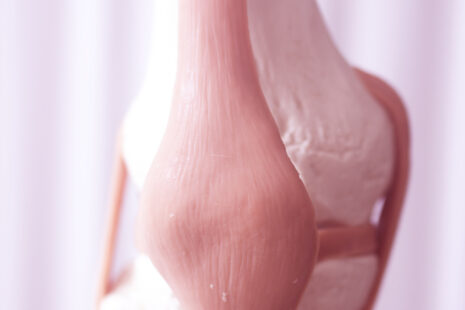The duration of pain experienced after an ACL (anterior cruciate ligament) injury can vary widely depending on factors such as the severity of the injury, individual pain tolerance, associated injuries, and the chosen treatment approach.
Here are some general considerations regarding the timeline for pain associated with an ACL injury…
- Acute Phase – Immediately following an ACL injury, individuals may experience intense pain, swelling, and instability in the knee joint. Pain levels during this acute phase can vary from mild to severe, depending on the extent of ligament damage and associated trauma to the surrounding tissues. Pain may be exacerbated by weight-bearing activities or movement of the knee joint.
- Subacute Phase – In the days and weeks following an ACL injury, pain levels typically begin to subside as swelling decreases and the initial inflammatory response resolves. However, individuals may continue to experience discomfort, stiffness, and limitations in knee function during this subacute phase. Pain may be most pronounced during activities that stress the injured ligament, such as walking, stairs, or pivoting movements.
- Rehabilitation Phase – As individuals progress through rehabilitation and begin to regain strength, stability, and range of motion in the knee joint, pain levels typically diminish further. However, some discomfort or soreness may persist during rehabilitation exercises and physical therapy sessions, particularly as individuals work to regain muscle strength and neuromuscular control around the knee.
- Post-Rehabilitation Phase – Following completion of rehabilitation, pain associated with an ACL injury may continue to improve over time as individuals return to normal activities and gradually resume sports or physical activities. However, some individuals may experience intermittent or occasional discomfort, particularly during strenuous activities or movements that place stress on the knee joint.
It’s important to note that the duration and intensity of pain associated with an ACL injury can vary from person to person, and individual responses to treatment may differ. Pain levels may be influenced by factors such as adherence to rehabilitation protocols, the presence of concurrent injuries or underlying conditions, and the effectiveness of pain management strategies.
If you are experiencing persistent or worsening pain following an ACL injury, it’s important to consult with a healthcare provider, such as an orthopedic surgeon or physical therapist, for a comprehensive evaluation and appropriate management. Effective treatment may involve a combination of conservative measures, such as rest, physical therapy, and pain medications, or surgical intervention, such as ACL reconstruction, depending on the specific circumstances of the injury and the individual’s goals for recovery.




